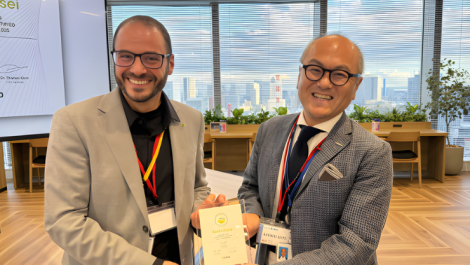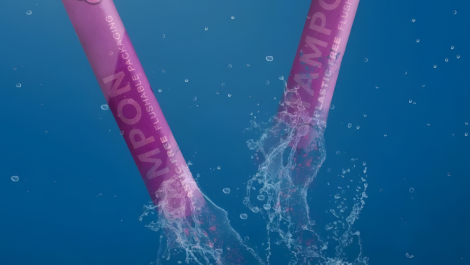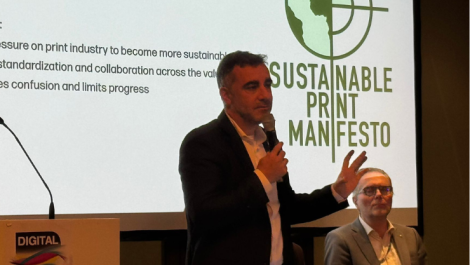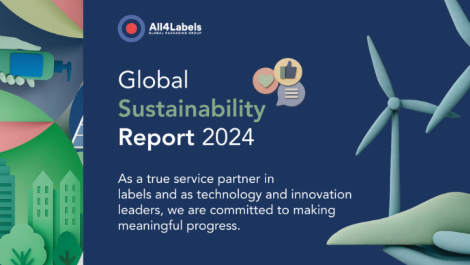UPM Raflatac has released its 2024 Climate Review, outlining its ongoing efforts to reduce emissions, promote sustainable sourcing, and support low-carbon product development. The review focuses on three main areas: land use and forestry, emissions reductions, and sustainable products and services.
According to the report, the company achieved a 55% reduction in Scope 1 and 2 emission intensity in 2024 compared to a 2015 baseline. Contributing to this milestone were renewable or CO2-free electricity contracts at its factories in China, Malaysia, and Finland, covering most of the company’s energy needs. UPM Raflatac aims to reach a 65% reduction by 2030.
Progress was also made in reducing Scope 3 emissions, which include emissions from raw materials and transportation. The company is targeting a 30% reduction in these emissions by 2030, using 2018 as a baseline. It plans to achieve this through increased collaboration across the value chain and continued product development.
In terms of raw materials, UPM Raflatac reported that 100% of the paper it purchased in 2024 was certified under third-party forest certification schemes. The company had set this as a 2030 goal but achieved it six years ahead of schedule by the end of 2023. Progress toward full traceability of other biobased materials reached 81%.
To help customers lower their environmental impact, the company launched new materials under the Carbon Action plastic films portfolio and integrated product-level carbon footprints into customer quotes. These footprints are based on UPM Label Life, an externally validated life cycle assessment (LCA) tool.
Additionally, the company’s RafCycle label waste recycling programme received a validity certificate from Dekra for its CO2 impact assessments.
“Our decisive efforts have enabled strong and measurable progress on our 2030 climate commitments,” said Robert Taylor, director of global sustainability at UPM Raflatac. “Moving forward, we will increasingly concentrate on delivery towards our customers, investing in our LCA and Scope 3 services and in reducing the carbon footprint of our products. By collaborating with our partners and keeping our ambition to meet our climate goals, we can reduce impact at scale.”






